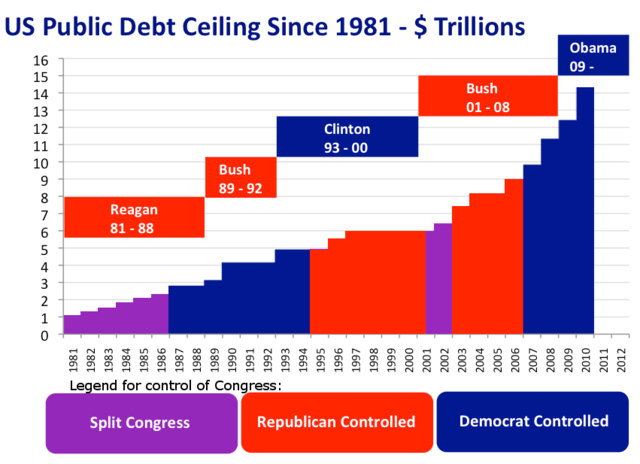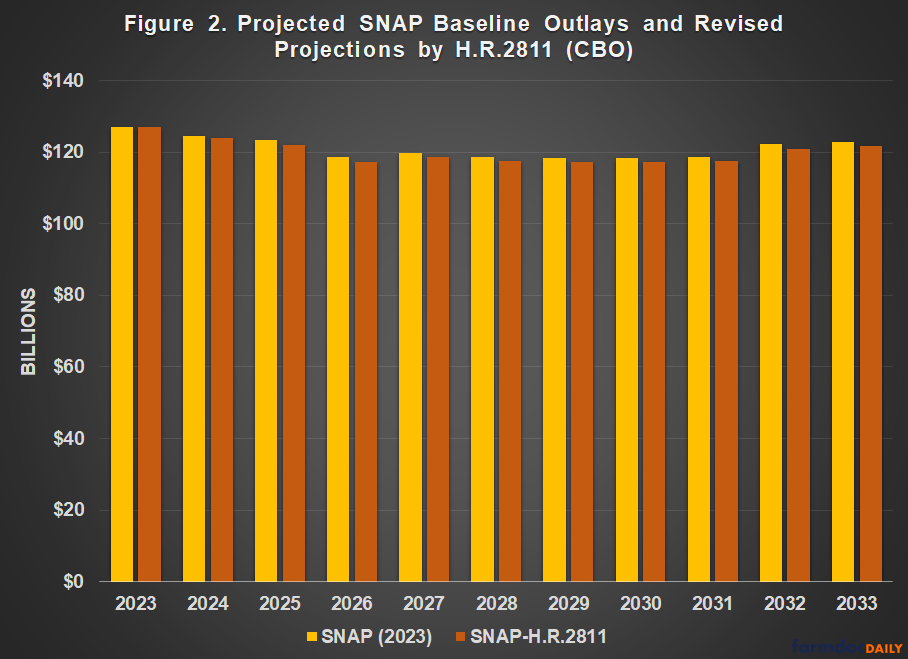Breaking News: Debt-Ceiling Deal Reached to Save US Economy!
The United States of America has reached a historic debt-ceiling deal to save the country’s economy from default. This bipartisan agreement was made after weeks of intense negotiations between Democrats and Republicans in the Congress.
What is Debt Ceiling?

The debt ceiling is a legal limit on how much money the US government can borrow to pay its bills. It is set by Congress, which must pass legislation to raise or lower the ceiling when necessary. The current debt ceiling was set at $28.9 trillion.
What’s In The Debt-Ceiling Deal?
The new debt-ceiling deal includes a two-year suspension of the debt limit, meaning that the government can borrow as much as it needs without worrying about hitting a legal cap on its borrowing. This will avoid any potential default on US debts, which would have had disastrous consequences for both domestic and international financial markets.
In addition, the deal includes provisions for increased spending in certain areas, such as infrastructure and defense, while also including measures to offset some of these costs through revenue-raising mechanisms such as closing tax loopholes and reducing wasteful spending.
New Spending Provisions
| Area | New Funding |
|---|---|
| Infrastructure | $500 Billion |
| Defense | $250 Billion |
Revenue-Raising Mechanisms
The debt-ceiling deal includes several revenue-raising mechanisms, including:
- Closing tax loopholes on corporations and the wealthy to raise an estimated $200 billion over ten years.
- Increasing fees on certain financial transactions to raise an estimated $100 billion over ten years.
- The sale of strategic petroleum reserves to raise an estimated $50 billion over ten years.
- Reducing wasteful spending in certain government programs to save an estimated $150 billion over ten years.
The Impact of Debt-Ceiling Deal on US Economy and Global Markets?
The debt-ceiling deal has been welcomed by economists and investors alike, who had feared that a default could have triggered a global financial crisis. The US economy is now expected to continue its steady growth trajectory, supported by increased spending in areas such as infrastructure, which will create jobs and boost economic activity.
The deal also sends a positive signal to global investors who hold US debt, as it demonstrates the country’s commitment to maintaining its financial obligations. This should help keep borrowing costs low for the government, which will save taxpayers money on interest payments in the long run.
Conclusion
In conclusion, the new debt-ceiling deal represents a significant achievement for both Democrats and Republicans in Congress. It provides much-needed stability for the US economy and avoids potentially catastrophic consequences that could have resulted from a default. With increased investment in critical areas such as infrastructure, this deal will also create jobs and stimulate economic growth.
Frequently Asked Questions (FAQs)
Q1. What is the debt ceiling?
A1. The debt ceiling is a legal limit on how much money the US government can borrow to pay its bills.
Q2. How does the debt-ceiling deal impact the US economy?
A2. The debt-ceiling deal provides much-needed stability for the US economy and avoids potentially catastrophic consequences that could have resulted from a default.
Q3. What are some of the revenue-raising mechanisms included in the debt-ceiling deal?
A3. Some of the revenue-raising mechanisms included in the debt-ceiling deal are closing tax loopholes on corporations and wealthy individuals, increasing fees on certain financial transactions, selling strategic petroleum reserves, and reducing wasteful spending in government programs.
Q4. Why is infrastructure spending important?
A4. Infrastructure spending creates jobs and boosts economic activity by providing funding for projects such as highways, bridges, airports, and public transit systems.
Q5. How will this deal impact global financial markets?
A5. This deal sends a positive signal to global investors who hold US debt by demonstrating the country’s commitment to maintaining its financial obligations, which should help keep borrowing costs low for the government.

